
Manual Handling Techniques & Tips
Manual handling accidents, as a result of pushing, pulling or lifting heavy objects or machinery, account for more than a third of all reported accidents each year. This short guide provides the best manual handling techniques to follow in the workplace so that you can reduce the likelihood of injury occurring.
What is Manual Handling?
At HLH we have made it our number one priority to ensure that we as an employer and our employees (office and site based) are compliant with WHS. With the building and construction industry being one of the most high-risk areas of work we could not afford to neglect such an important aspect of the industry.
Moving and handling, also known as ‘manual handling’, is any action involving physical effort to move or support an object or person by:
• Lifting
• Steadying
• Pushing
• Pulling
• Maneuvering
• Carrying
• Transporting
By law, employers are required to undertake a risk assessment and do everything reasonably practicable to reduce the risks associated with manual handling. Amongst other actions, this includes introducing control measures to ensure workers understand how to lift, push, and pull correctly, using mechanical aids where available and reducing the need for manual handling altogether.
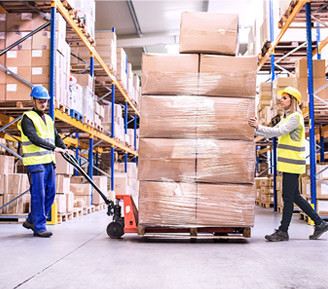
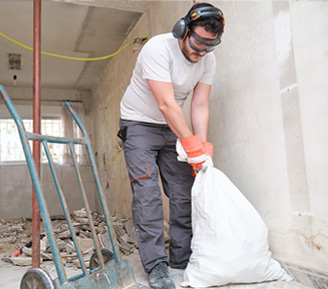
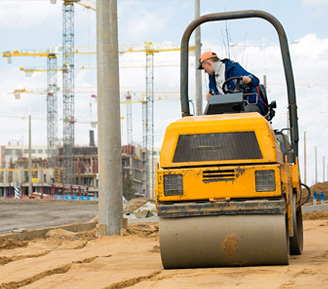
Manual Handling Techniques for Lifting
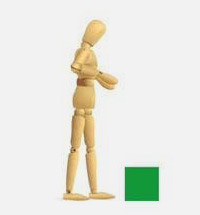
1.
Before lifting an item, think: Can you use a manual handling aid instead?
Where is the load being moved to? Are there any obstructions that may get in the way?

2.
Adopt a stable position with feet apart and one leg slightly forward to maintain stability. Make sure that you are wearing suitable footwear.

3.
Get a good hold on the load and hug it close to your body where possible. At the start of the lift, bending at the back, knees and hips is preferable to fully bending the back or squatting.
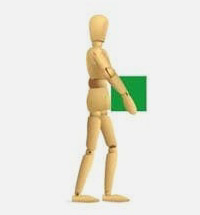
4.
When carrying, keep the load close to your waist for as long as possible. Put the heaviest side of the load closest to your body. Keep your head up and look ahead, not down at the load, and avoid twisting or leaning sideways.
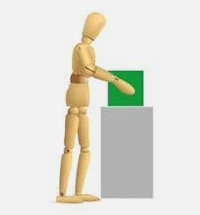
5.
If you need to, put the load down and adjust your grip before continuing the lift.
Pushing or Pulling Loads
When pushing or pulling a load, the Health and Safety Executive provides the following guidance:
• Use an aid with a handle height that is between shoulder and waist height.
• Ensure that pushing or pulling equipment is well maintained.
• As a guide, the amount of force that needs to be applied to move a load over a flat surface is at least 2% of the load weight. For example, if the load is 400kg, then the force needs to be 8kg.
• The force for pushing or pulling will be greater over imperfect conditions.
• Always try to push rather than pull where possible.
• When negotiating a slope or ramp, get help from another worker.
• On an uneven surface, increase the pushing/pulling force to 10% of the load weight.
• To make it easier to push or pull, keep your feet well away from the load and move no faster than walking speed.
